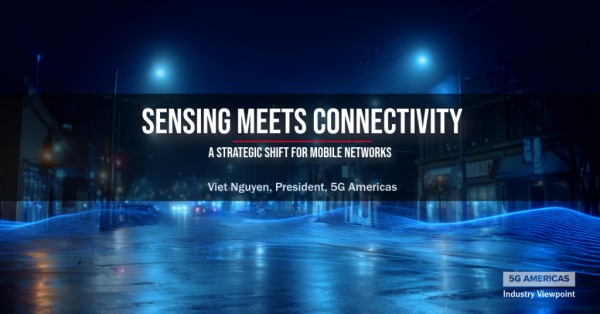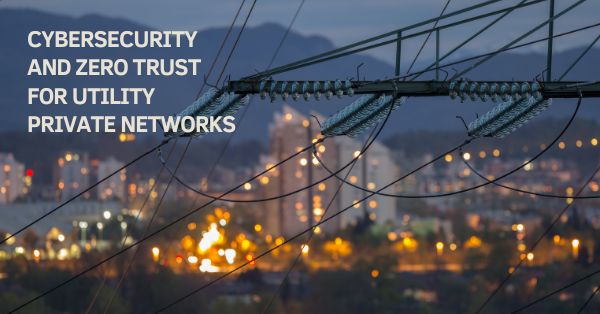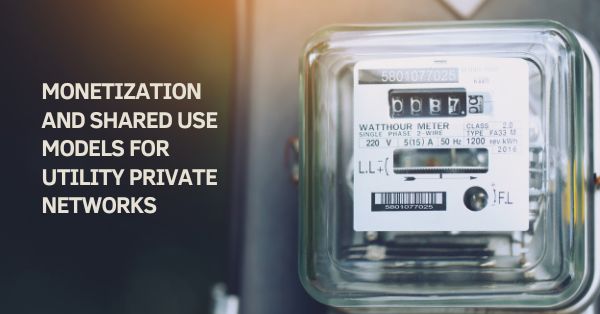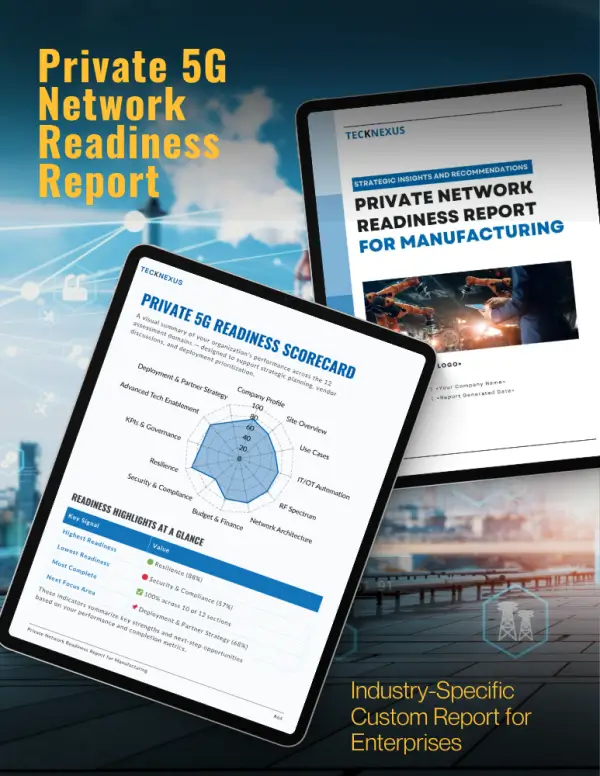5G & FWA: Introduction to FWA and the Capacity Crunch
Fixed Wireless Access (FWA): A Connective Leap Forward Fixed Wireless Access (FWA) has evolved as a crucial technological leap in bridging the connectivity divide. It provides high-speed internet in regions where laying down traditional fiber optics is impractical or uneconomical. As the global fixed broadband subscriber count is poised to hit 1.6 billion by 2030, FWA stands out as a promising solution for significant growth in internet access worldwide.
FWA connects homes and businesses to the nearest cell tower using wireless mobile network signals, eliminating the need for physical wired connections. This makes it particularly suitable for suburban and rural areas, which typically lack the infrastructure for traditional broadband services.
The Capacity Crunch Challenge in FWA Networks Despite its potential, FWA faces a critical challenge known as the ‘capacity crunch.’ This issue arises when the demand for data surpasses the available network capacity, primarily around cell towers with high FWA penetration. FWA users, typically consuming up to 20 times more data than standard mobile users, exacerbate this problem. This consumption difference is due to bandwidth-intensive activities like 4K video streaming and cloud gaming, which are more common in home internet usage compared to mobile.
The Role of 5G in FWA Capacity Enhancement
Bolstering FWA with 5G Technology The integration of 5G technology into FWA systems is a game-changer. 5G, known for its high-speed and low-latency capabilities, significantly enhances FWA’s performance. Early 5G deployments used mid-band spectrum, benefiting both mobile and FWA users with a balance of coverage and capacity. This spectrum adoption simplified deployments and fast-tracked revenue generation. With 5G, FWA can support speeds exceeding 100 Mbps, sufficient for most modern applications.
Impact of 5G on Network Capacity and User Experience However, the rapid adoption of FWA and the consequent strain on network resources necessitates careful management of network capacity. The high data demands of FWA can lead to deterioration in service quality, not just for FWA subscribers but also for traditional mobile users, as they share the same spectrum of resources.
In response, strategic planning is essential to ensure sufficient capacity and maintain service levels. This involves innovative use of spectrum resources, deployment of advanced network devices, and smart network management techniques. For instance, employing millimeter-wave (mmWave) bands in densely populated areas can serve as a capacity overlay, providing high-speed connectivity to nearby FWA users and freeing up mid-band resources for others.
Additionally, the proper placement of FWA devices within homes, guided by mobile applications, can significantly improve network efficiency and reduce capacity waste.
By combining the prowess of 5G technology with strategic network planning and advanced device deployment, operators can effectively navigate the capacity crunch. This approach not only ensures a superior broadband experience for users across various regions but also fosters the growth and sustainability of FWA as a key player in global internet connectivity.
Strategies for Managing Network Capacity with 5G and FWA
Addressing the FWA Capacity Crunch The escalating demand for Fixed Wireless Access (FWA) brings to the forefront the challenge of managing network capacity effectively. With FWA subscribers typically consuming significantly more data than mobile users, it’s imperative to adopt strategies that address this capacity crunch. The success of FWA hinges on the ability to provide consistent, high-quality service, even as user numbers soar.
Capacity Planning and Management A crucial aspect of managing FWA networks is understanding where sufficient cell capacity exists before adding new subscribers. Utilizing cell capacity planning tools that leverage location data and Radio Access Network (RAN) insights is essential. These tools help determine the available service level and, in the event of congestion, can automate the process of cell site selection to manage and ease capacity burdens effectively.
Advanced Devices and Network Optimization The deployment of advanced FWA devices plays a significant role in optimizing network capacity. Devices with high-gain antennas and support for carrier aggregation are key in enhancing signal strength and spectrum utilization. This not only improves the quality of service but also aids in managing the increased data demands of FWA subscribers.
Device Placement for Maximum Efficiency Optimizing device placement within user premises can further boost network efficiency. For example, employing outdoor devices in areas with weak signals and high-gain indoor devices where signals are strong can significantly reduce network capacity wastage. Guiding users in finding the optimal location for these devices through mobile applications can minimize retransmissions and make the most of the available capacity.
Spectrum Utilization and Efficiency with 5G and FWA
Spectrum Strategy: A Cornerstone in FWA Spectrum strategy plays a pivotal role in FWA deployment. Efficient spectrum use is key to enhancing capacity and ensuring high-speed connectivity. As FWA networks expand, the strategic allocation and utilization of spectrum bands become increasingly important to meet growing data demands without compromising service quality.
Effective Use of Spectrum Resources One approach to managing spectrum efficiently is using millimeter-wave (mmWave) bands, especially in densely populated areas. mmWave can act as a capacity overlay, providing high-speed connectivity to nearby FWA subscribers. This not only frees up mid-band resources for mobile users and distant FWA customers but also maximizes the use of existing infrastructure. The potential of mmWave extends beyond urban areas, proving effective in covering larger rural distances with clear line-of-sight.
Leveraging 5G for Enhanced FWA 5G technology, with its ability to support higher data rates and reduced latency, is a boon for FWA networks. By tapping into 5G mid-bands, operators can deliver broadband connectivity with fixed-grade speeds and service levels. However, as the FWA service uptake increases, it’s crucial to manage these spectrum resources judiciously to prevent degradation in user experience. This involves balancing the spectrum use between mobile services and FWA, ensuring that both sectors coexist without causing significant strain on network resources.
In conclusion, managing network capacity in FWA requires a multifaceted approach involving strategic spectrum utilization, deployment of advanced network devices, and intelligent network management practices. By adopting these strategies, operators can navigate the challenges posed by the capacity crunch and deliver a robust, high-speed internet experience to users across different regions.
Innovations in FWA Devices and Equipment
Optimizing FWA Networks with Advanced Devices The evolution of Fixed Wireless Access (FWA) technologies has been integral in optimizing network performance and managing capacity crunches. Advanced FWA devices, equipped with high-gain antennas and carrier aggregation capabilities, have significantly enhanced signal strength and spectrum utilization. These innovations are critical in ensuring that FWA networks can meet the growing demand for high-speed internet, especially in areas where traditional broadband is infeasible.
The Importance of Device Placement: Efficient device placement within customer premises has proven to be a key factor in maximizing network efficiency. Strategic positioning of devices, such as placing high-gain indoor devices in areas with strong signals and outdoor devices in regions with weaker signals, can dramatically reduce network capacity wastage. This approach not only improves service quality but also optimizes the use of available network resources.
Future Technological Advancements Looking ahead, the future of FWA devices points towards further integration of emerging technologies. Developments in antenna technology, improved signal processing, and the adoption of AI and machine learning for network optimization are expected to play significant roles. Additionally, the continued expansion of 5G and its capabilities will likely bring about new device functionalities and enhanced user experiences.
Case Studies and Real-World Examples
Case Study 1: Urban FWA Deployment
In a metropolitan area, a leading telecom operator faced challenges with network congestion due to high FWA adoption. By deploying advanced FWA devices capable of leveraging both mid-band and mmWave spectrum, the operator successfully managed the capacity crunch. The use of mmWave as a capacity overlay in dense urban regions allowed for the offloading of traffic from the mid-band spectrum, thereby improving service levels for both mobile and FWA users. This strategic move not only enhanced network performance but also extended coverage and increased customer satisfaction.
Case Study 2: Rural FWA Implementation
In a rural setting, where traditional broadband was not viable, an operator implemented FWA using advanced devices capable of long-range connectivity. The devices were equipped with high-gain antennas that significantly improved signal strength over vast distances. This deployment enabled the operator to provide stable and high-speed internet access to remote areas, demonstrating FWA’s potential to bridge the digital divide. The success of this implementation highlighted the importance of device innovation in expanding internet access to underserved regions.
In conclusion, the role of advanced devices and equipment in optimizing FWA networks is undeniable. Through innovative hardware solutions and strategic network management, operators can effectively address the capacity challenges and continue to expand high-speed internet access to various regions, both urban and rural. The future of FWA lies in ongoing innovation and adaptation to evolving technological landscapes.
Conclusion and Future Outlook
Summary of Key Points
Fixed Wireless Access (FWA) has cemented its position as a transformative solution in bridging the digital divide, especially in underserved and rural areas. With the global broadband subscriber count set to reach 1.6 billion by 2030, FWA’s role in providing high-speed internet where traditional fiber deployment is not viable is more critical than ever. However, the burgeoning success of FWA also brings forth the challenge of managing network capacity effectively.
The initial deployment of 5G technology in FWA, utilizing mid-band spectrum, showcased the potential for providing broadband connectivity with impressive speeds. Yet, as FWA subscribers, often consuming significantly more data than traditional mobile users, continue to grow in numbers, network congestion becomes a pressing concern. This capacity crunch necessitates innovative approaches in network management, from strategic spectrum utilization to deploying advanced FWA devices with enhanced capabilities such as high-gain antennas and carrier aggregation.
Future Prospects and Developments in FWA
Looking to the future, FWA is poised for continuous evolution and growth. The advancement in 5G technology, particularly with the integration of millimeter-wave (mmWave) bands, offers a promising solution to the capacity challenges. mmWave can serve as a capacity overlay in dense urban environments, efficiently managing the increased data demands and extending coverage.
The future of FWA also lies in the ongoing innovation in device technology. The development of smarter, more efficient FWA devices that can optimize signal strength and maximize spectrum utilization will be key in enhancing user experience and network performance. Additionally, adopting AI and machine learning in network management will further streamline capacity planning and resource allocation.
Beyond technological advancements, the future of FWA will also be shaped by regulatory policies and spectrum allocation strategies. As the demand for wireless connectivity continues to surge, effective policy-making and strategic spectrum management will be crucial in maximizing the potential of FWA networks.
In conclusion, FWA stands at the cusp of a new era in connectivity, offering a viable solution to the growing need for high-speed internet across diverse geographic regions. By harnessing the power of 5G, continuing to innovate in device and network technology, and navigating the challenges of capacity management, FWA is set to play a pivotal role in closing the digital divide and shaping the future of global internet access.
























